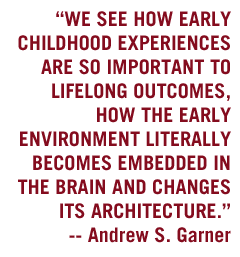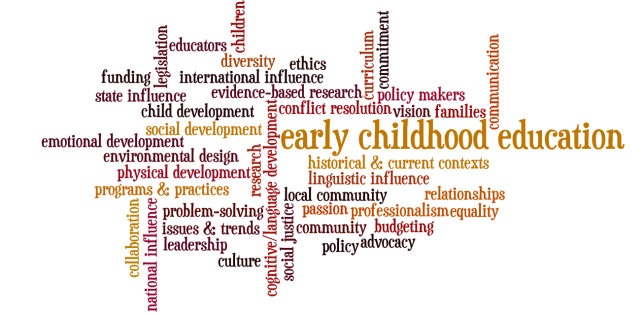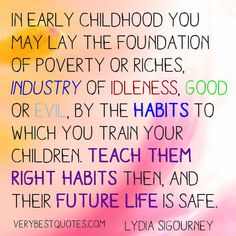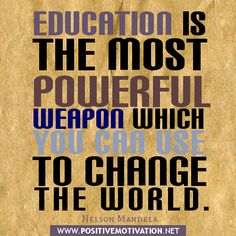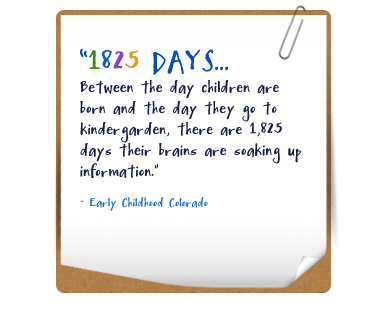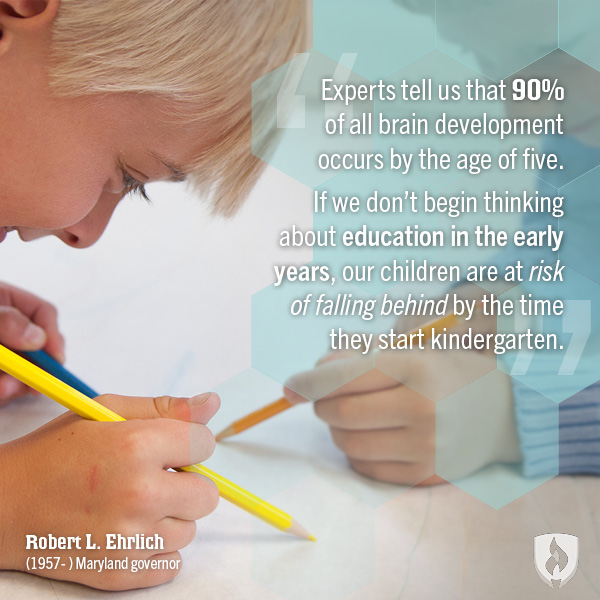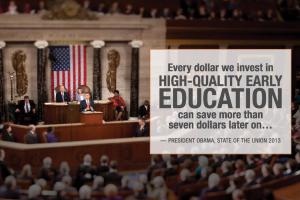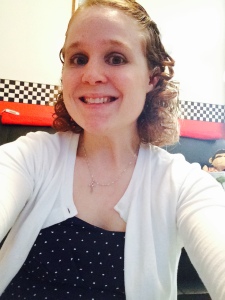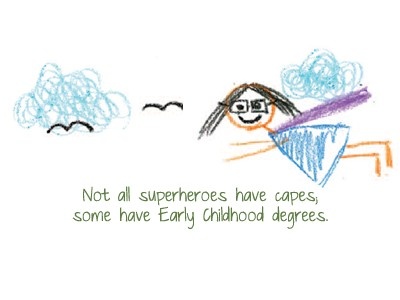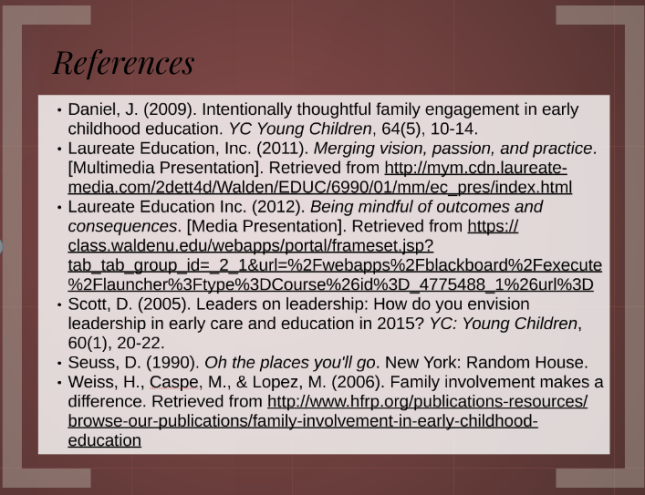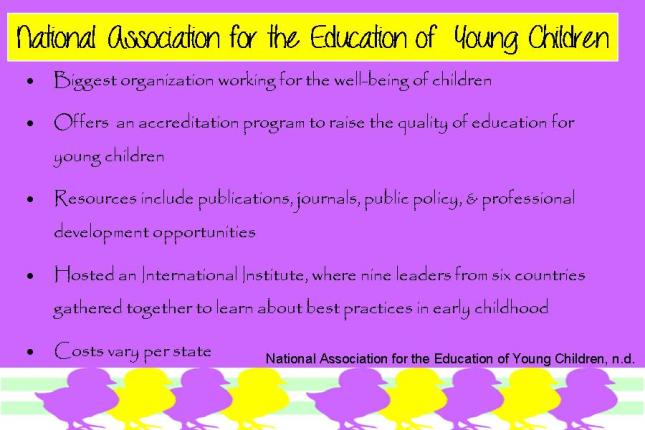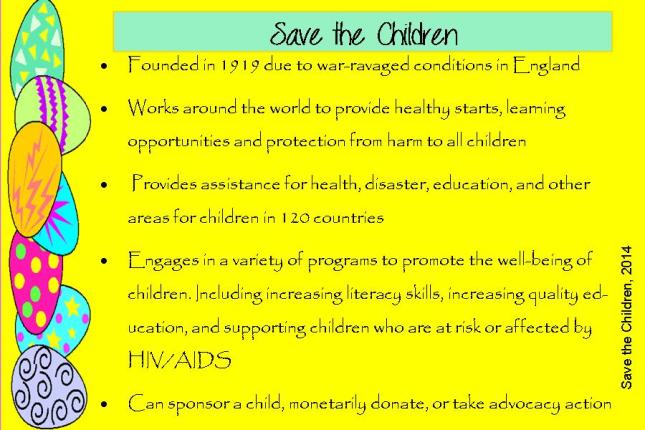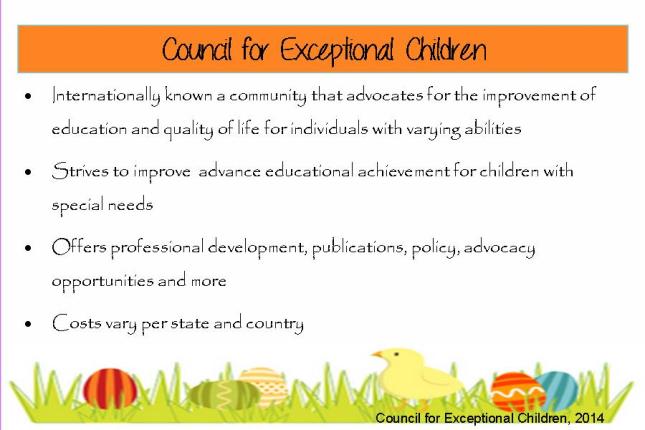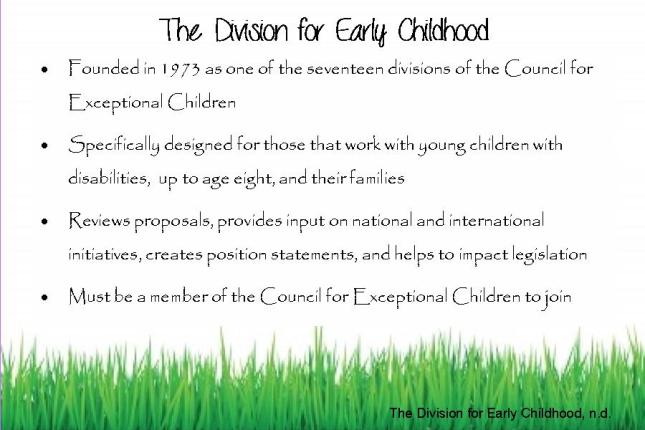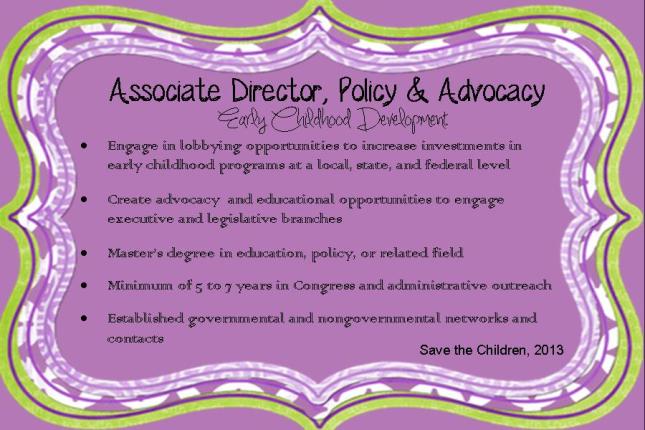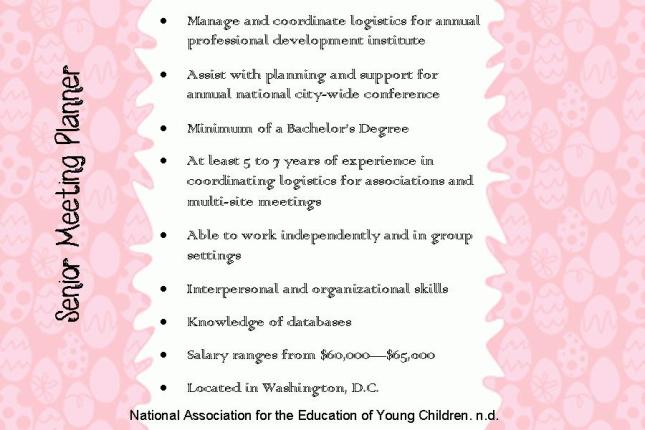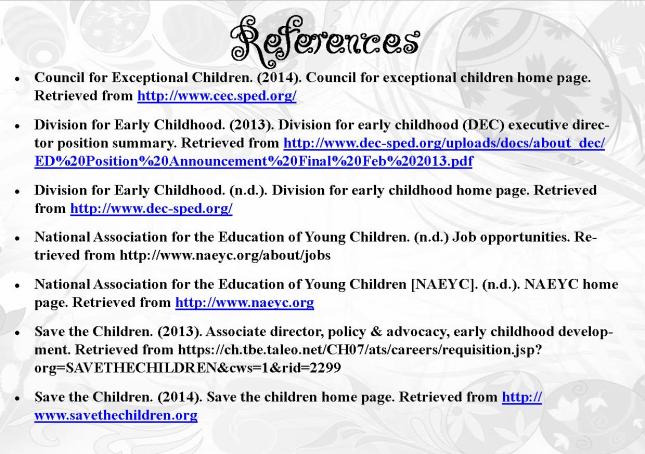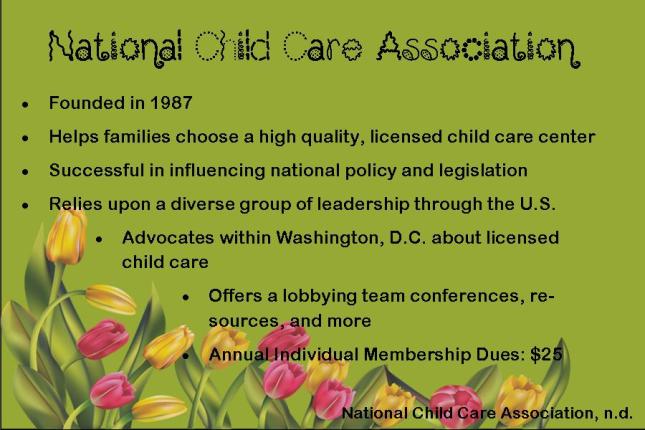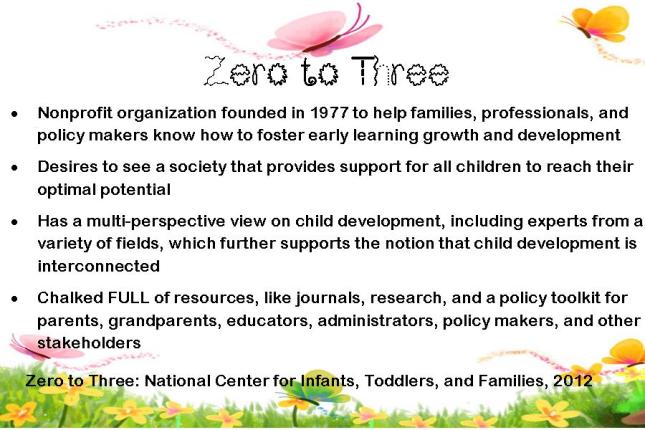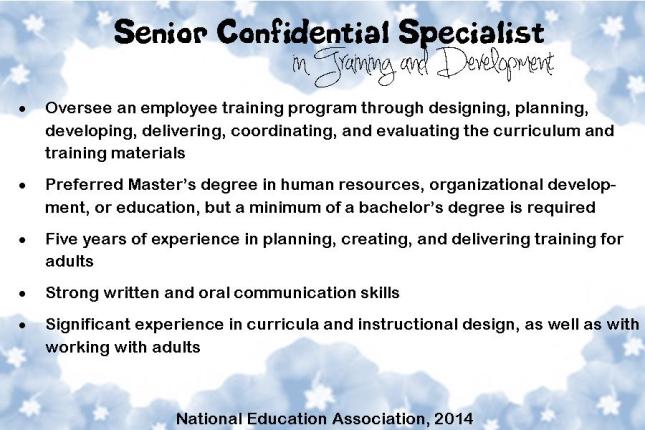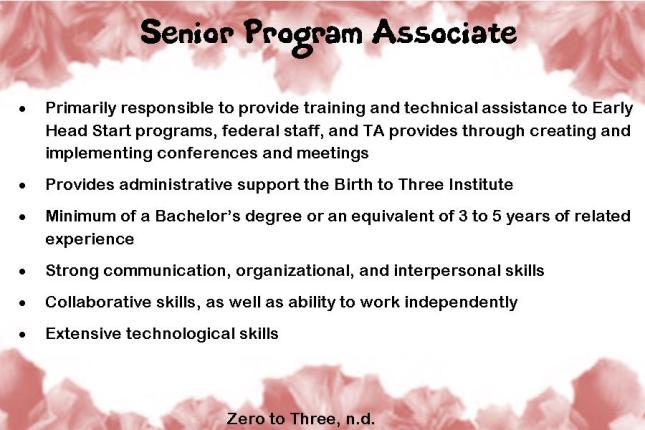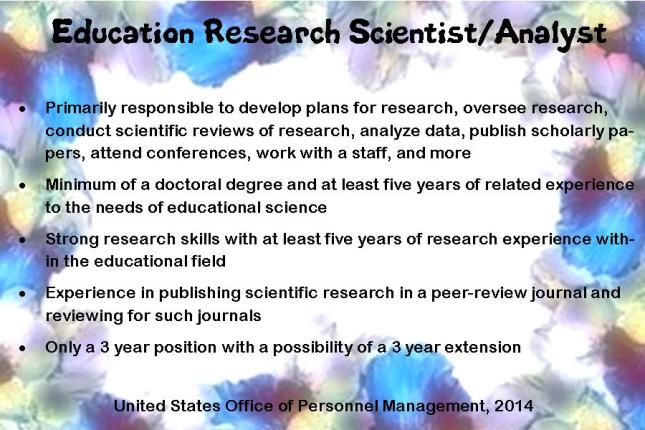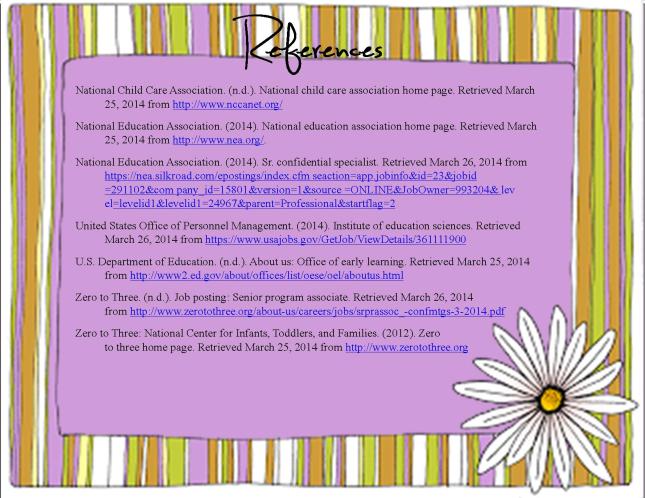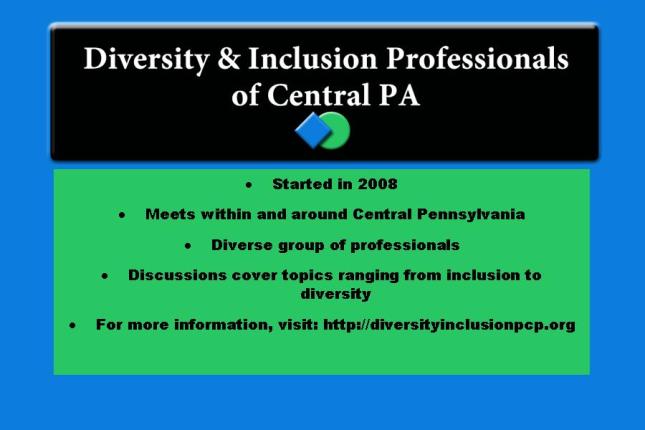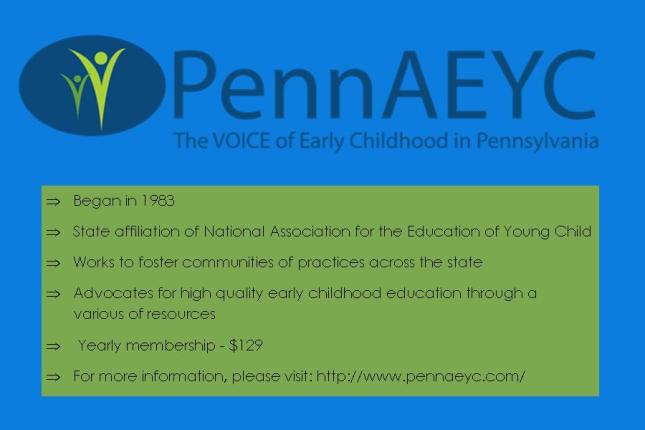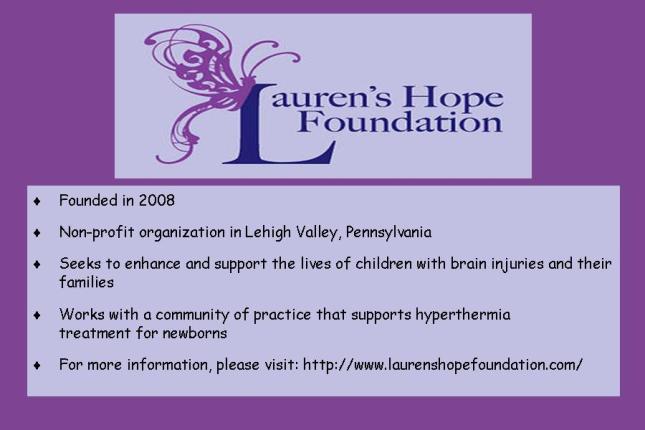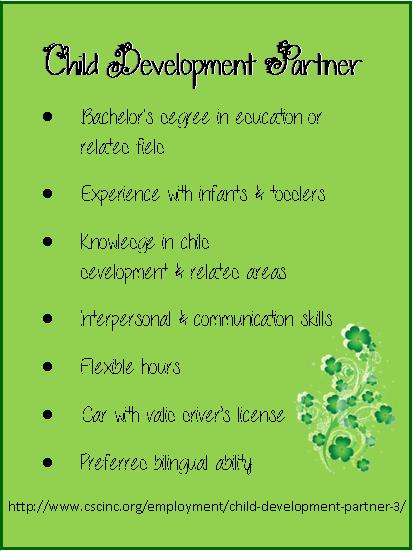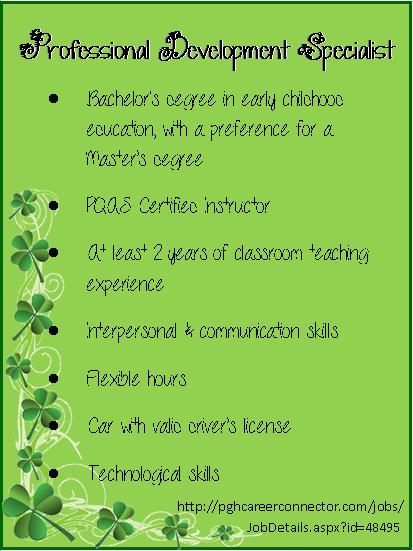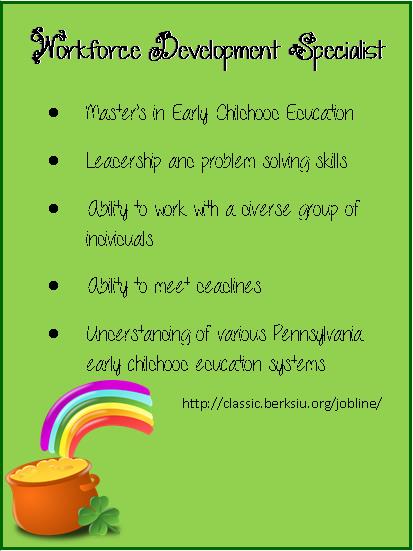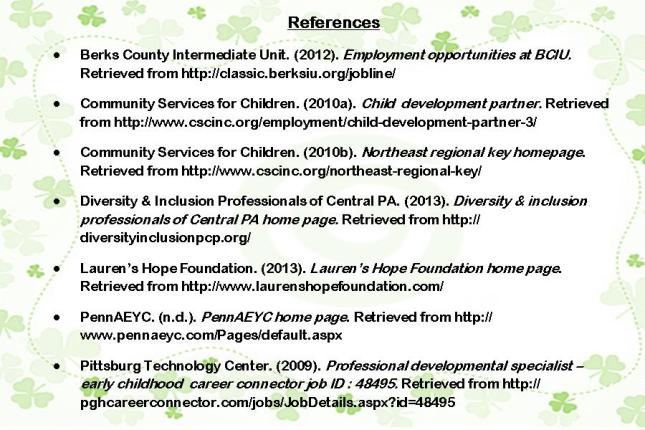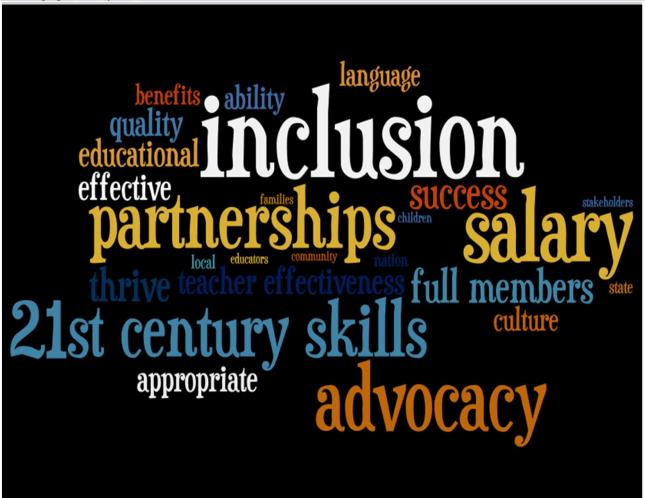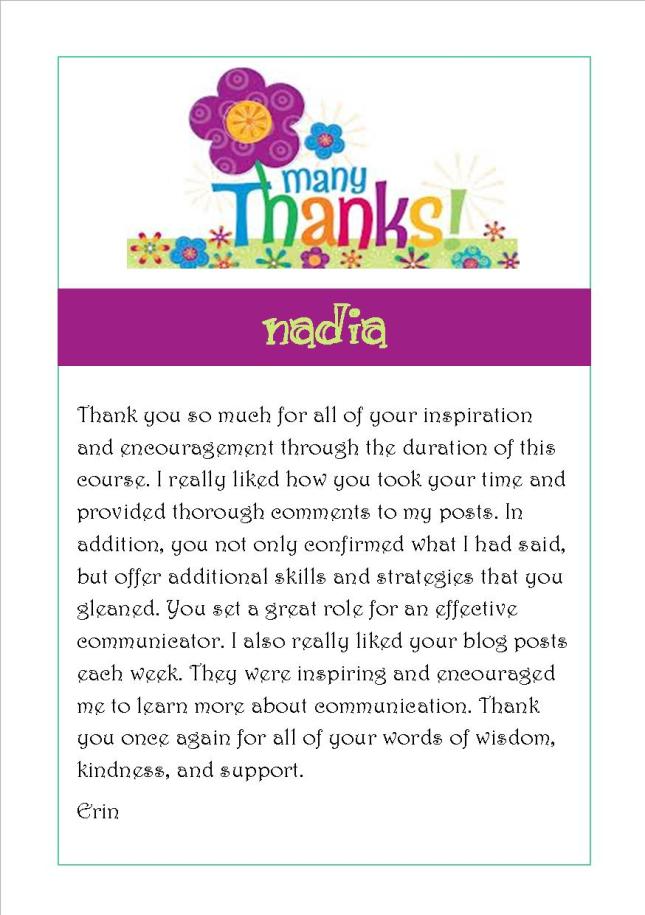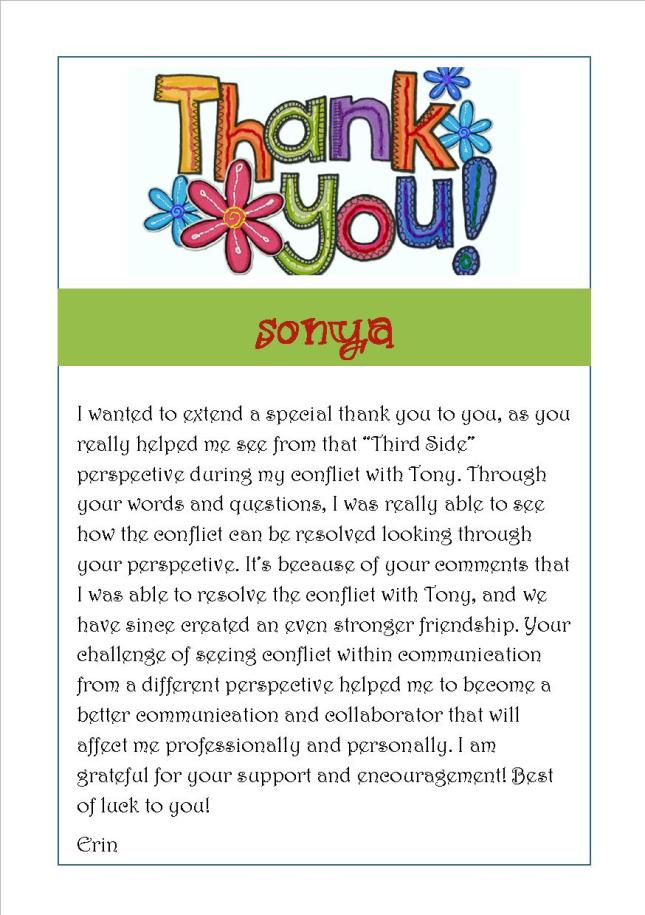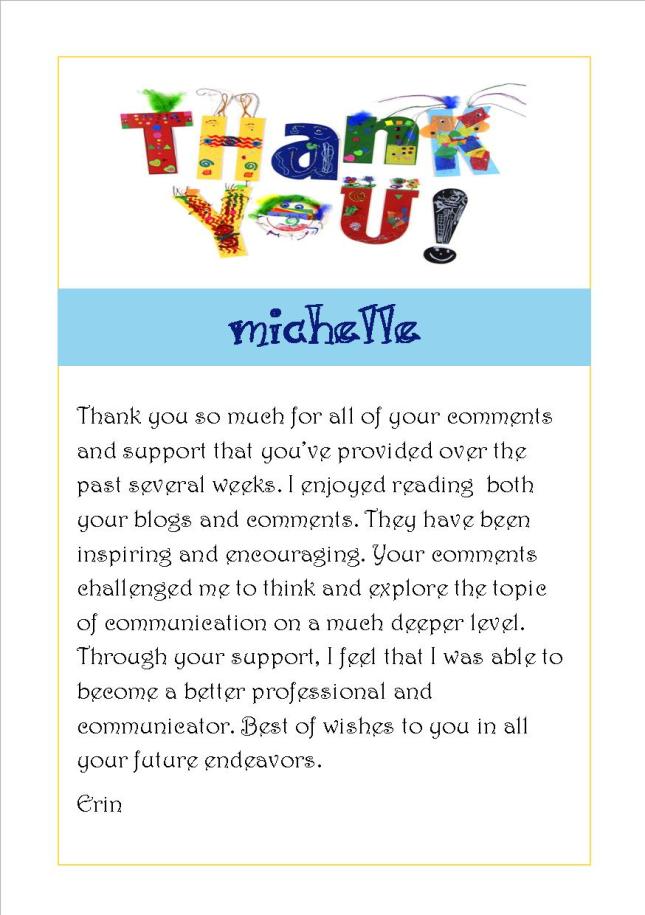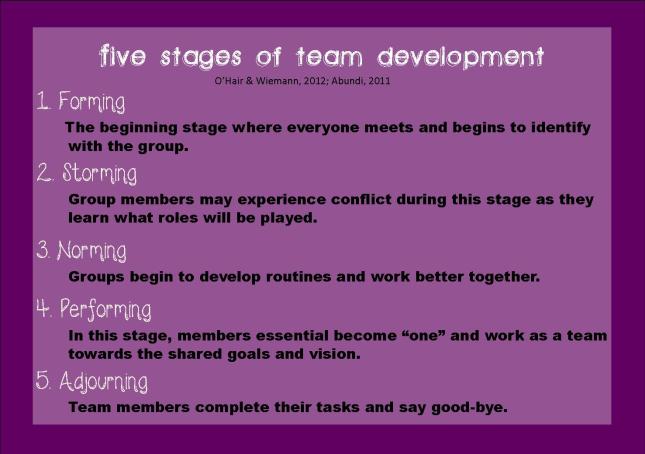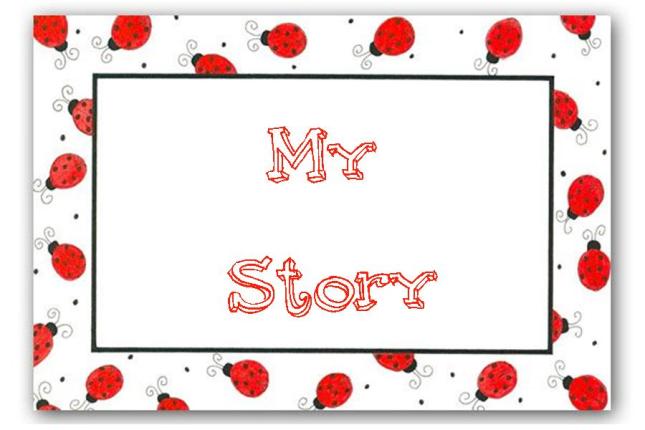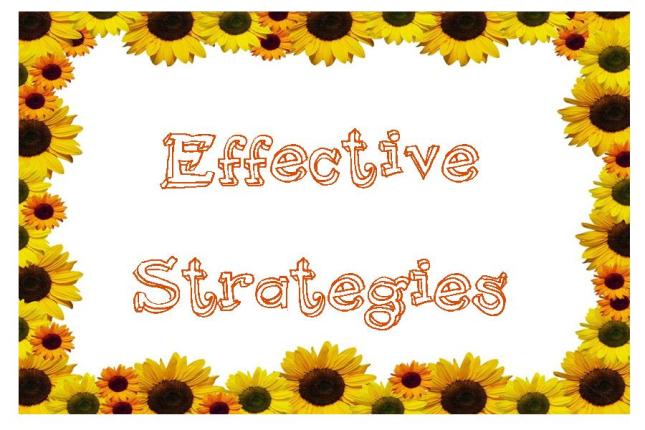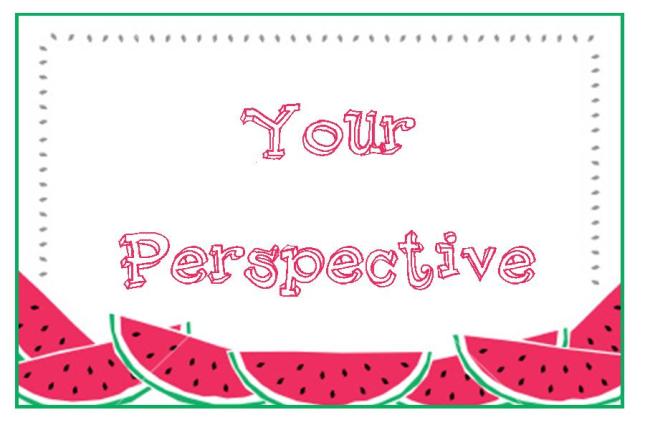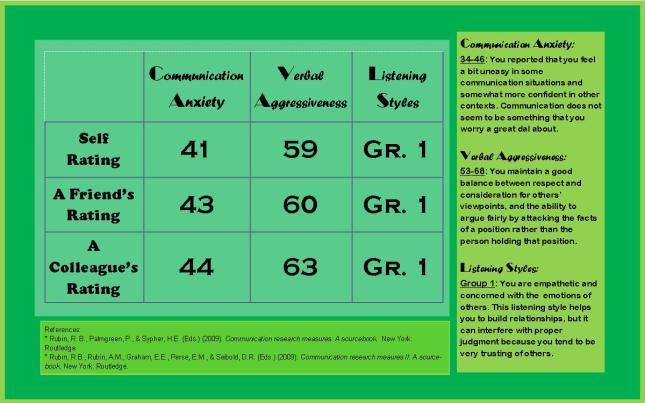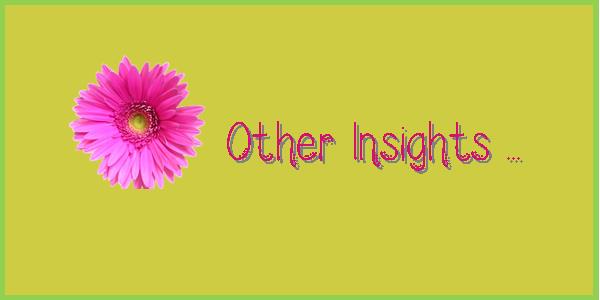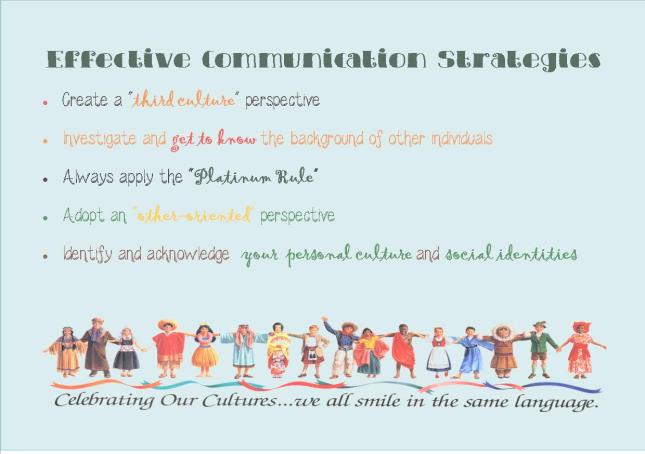Pause for a moment and look to the right of the right of the screen —->
You see that number there? Currently, it is at 2. We have two days left in this course, which essentially means we have 2 days left until we have officially received Master’s Degree status. I’m thrilled to have reached this point, and I’m so honored to have share this journey with all of you.
Ok, moment’s over. For my final blog post, I decided to shake things up a little bit. I made a Prezi! It was the first time I ever made one, and I’m so excited to share it all with you. Simply click on the following link to enjoy the mutli-award winning presentation of my reflections about this two year journey (well, perhaps it’s not multi-award winning, but it is still pretty cool):
Click here for Prezi presentation
So, what happens if you clicked on the link, ready for the fun in store, and for some reason you can’t access the Prezi. Fear not! I anticipated that this might happen. If it does … just keep reading on. While it may not be in the super fun format of a Prezi, I have below a written summary (complete with the pictures and video clip) of everything that is in my Prezi. Therefore, you can access the material one way or the other.
So, sit back and enjoy my final blog post.
————————————————————————————————————————————————————
Written Format of Prezi
We started here nearly two years ago, embarking on a journey that would change who we are professionally and personally.
We have journeyed together through the valleys and hills, overcoming challenges and struggles along the way. We have learned a tremendous amount that has only left us better educators and individuals. As we take our last step towards graduation, what were some of the lessons you gained? What goals do you want to still accomplish?
Let’s take a walk … … and pause for a moment to remember those small nuggets of truth we have captured along our journey. Here are just some of mine …
Early Childhood Education: One Diverse Puzzle
One of the deeply felt lessons that I have learned over the past two years is that early childhood education is a diverse field that relies upon puzzle pieces from interconnected disciples to foster ideal growth and development for children, their families, and the early childhood community. You see, early childhood education is not just about providing care to young children or “babysitting” them. Rather, it is a diverse and profound field that is constantly changing and growing. It is a community that depends upon the influence, impact, knowledge, and experiences from so many different people, organizations, and groups. I love how Dwayne Crompton stated the many different interconnected disciplines that are not only needed, but desired to help make a stronger community for these young children and their families …
“Early education and care is a complex human development project requiring a keen understanding of sociology, science, management, community, politics, economics, finance, psychology, and a range of other interconnected disciplines … (An educator) need to become well-grounded in these areas and understand that these disciplines intersect at families and children” – Dwayne Crompton
(as cited in Scott, 2005, p. 20)
Partnerships are crucial for successful early childhood education.
Another deeply felt lesson I learned was that partnerships are invaluable within early childhood education. I always knew that relationships with families and children are important, however partnerships reach beyond just a “relationship.” A partnership produces equality within relationship, helping each person to feel valuable and significant. Partnerships with agencies, organizations, and even the community are crucial too. Bottom line, partnerships are significant within this field.
Family relationships and partnerships are “the bedrock of children’s school success, and without them, Urie Bronfenbenner stated that “intervention is likely to be unsuccessful” (Daniel, 2009, p. 10; Weiss, Caspe,& Lopez, 2006, p. 1)
Early childhood education is often like an iceberg.
A third deeply-felt learning I grasped was that early childhood education is so much more than what is typically seen, often like an iceberg. To effectively manage, direct, or administer an early childhood program, there are a ton of aspects to consider like budgeting, program design, rules and regulations, and even how a building is laid out. Far too often early childhood gets by passed because just the tip of the iceberg is seen, when really it is a dynamic field that produces long-last benefits for children, families, and even the society.
There’s always room for growth.
The final deeply-felt lesson I gained was that there will always be room to grow, learn, develop, and change within early childhood education. We, as educators, must never stop learning and growing, as this will not only strengthen our professional development, but it will also make us more profound teachers as well. There will always be issues and trends that need to be addressed. There will always be areas for public policy and advocacy. Early childhood education is a field that is continuously revolving and changing. Therefore, we must keep up.
“We never know enough. In this arena, there’s always more to learn … This is a lifetime of work.” – Julie Olson Edwards (as cited in Laureate Education, 2011)
————————————————————————————————————————————————————-
After reflecting on the lessons that I have learned over the past two years, I contemplated what I have yet to accomplish, or better yet, what my long-term goals are.
An Inclusive Early Childhood Center
My ultimate long-term goal is to establish and oversee an inclusive early childhood center that serves children with varying needs, including those considered medically fragile. So many children require additional assistance to truly reach their ideal potential; however, within my community, an early learning center like this does not exist. There are wonderful child care centers that try to include children with varying abilities, however due to lack of resources and training, these children somehow fall between the cracks or learn in an inappropriate developmental environment. Therefore, my long-term goal is to eventually open up an early childhood center designed exclusively for these children and their able-bodied peers to reach success side-by-side.
High Quality Early Childhood Education
Over the past two years, I have explored the components of high quality early childhood education, as well as the countless benefits it produces for children, their families, educators, the community, and even the economy. Based upon this wealth of knowledge, one of my lifelong ambitions now incorporates the desire to be a agent for social change by bringing high quality early childhood education to every young child around the world. While this may seem like a nearly impossible task, I know that I will be joining the ranks of others who have gone before me and who currently support me. When my time is finished in this field (in many, many years), I intend to pass along my lifelong goal to those coming behind me to ensure that this desire is slowly, yet gradually accomplished.
————————————————————————————————————————————————————-
So, how do you see early childhood education? Have your perceptions changed, like mine did? Over the past two years, my perspective of this field has grown tremendous to incorporate a variety of interrelated components that influence and impact early childhood education. This is how I see it now …
Before I sign off one final time, allow me to leave you with just a few of my favorite quotes about early childhood education.
——————————————————————————————————————————————————————
—————————————————————————————————————————————————————–
Make sure to stay in touch!
Feel free to contact me at any time via my personal email at elizajane1024@gmail.com
And may you always remember … you are a superhero.
Signed for one last time, your colleague-in-crime, Erin

